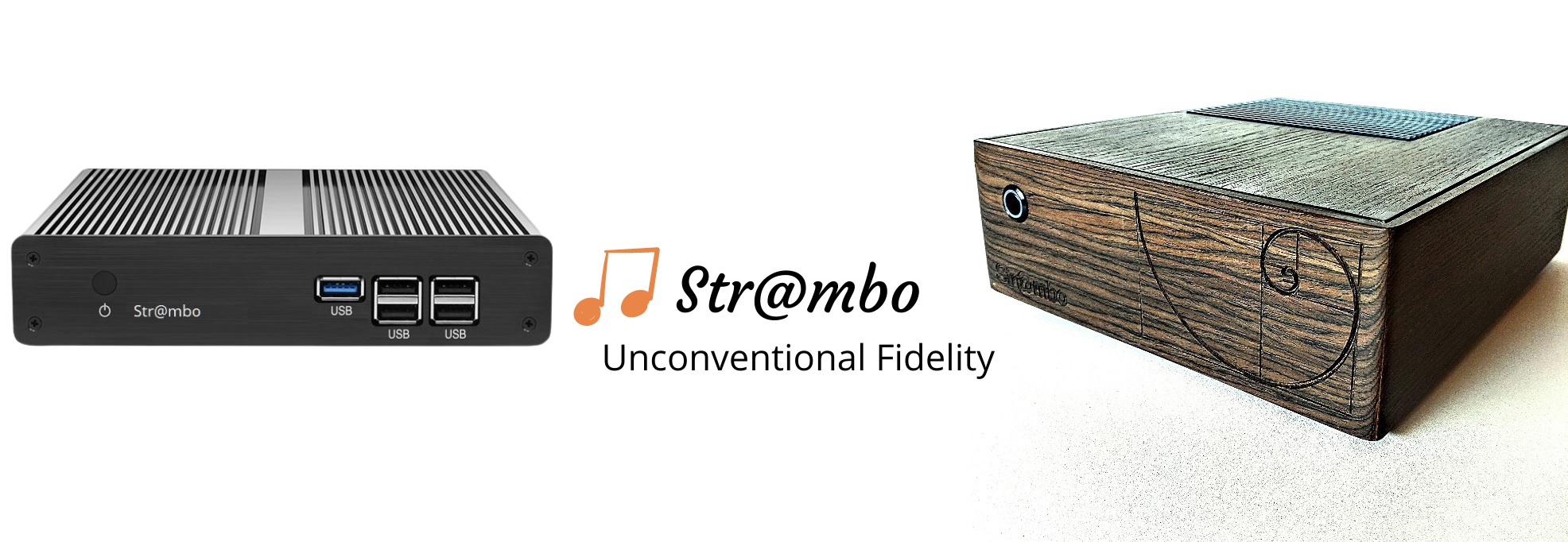
Strambo in italian means WEIRD: “… singularly strange or extravagant…”
Str@mbo, the STREAM BOX by NOHTA, is a family of products created to exploit and value your music.
Str@mbo and Str@mbo DUE have different performances but the same concept
– Intel architecture for maximum performance
– Robust hardware, certified to work 24/7 with very low power consumption and risk-free
– Settings aimed at the best achievable result
– Operating system optimized for this specific hardware
– Modular architecture to better satisfy every specific need
– Wide choice of pre-installed applications
– Pre-configured for the best listening experience
Dedicated to everyone, even the less experienced or to those who simply don’t want to ‘go crazy’ with Linux, Str@mbo has an easy and intuitive web interface for administration.
Str@mbo let you listen to your music from every location and streaming services and in any format, even in High Resolution.
Str@mbo … the “Unconventional Fidelity”
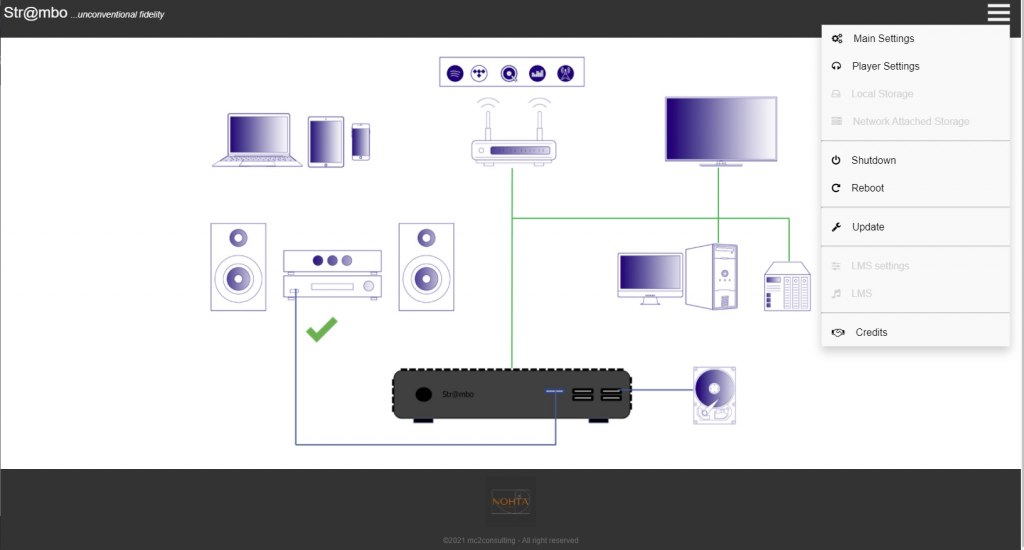

The Str@mbo assimilate the experience gained making gentooPlayer, Squeezelite-R2 and C-3PO, some of the most highly rated components by audiophiles, which the authors wanted to ‘pack’ into Str @ mbo to make them available to the maximum of their potentiality.
Besides these, Squeezelite, Mpd, UPNPDcli, BubbleUPNP, NetworkAudioDaemon (NAD), RoonBridge, Shayrport-sync, Spotifyd, HQPlayer, HQPlayer embedded, RoonServer and MinimServer are available (*)
We recommend and we deliver the Str@mbo set up for Squeezelite-R2 client side and LMS (Logitech Media Server) with C-3PO active on server side or in Hybrid configuration.
This solution guarantees very high performance, it’s tested by millions of users worldwide and it’s free from additional license costs and fees.
As an alternative to LMS, ROON can be used, with excellent results.
With the Str@mbo, You will be able to listen to your music in any of the many supported formats or you can access to your favorite streaming services, even in high resolution, such as Spotify, Deezer, Qobuz and Tidal (**), listen to internet radio and, in countries where it is possible, you can access the services of broadcasters such as the BBC and their fantastic thematic channels (***).
All from a platform that you can comfortably control from dedicated apps, available for IoS, Android and Windows (****) or from a browser.
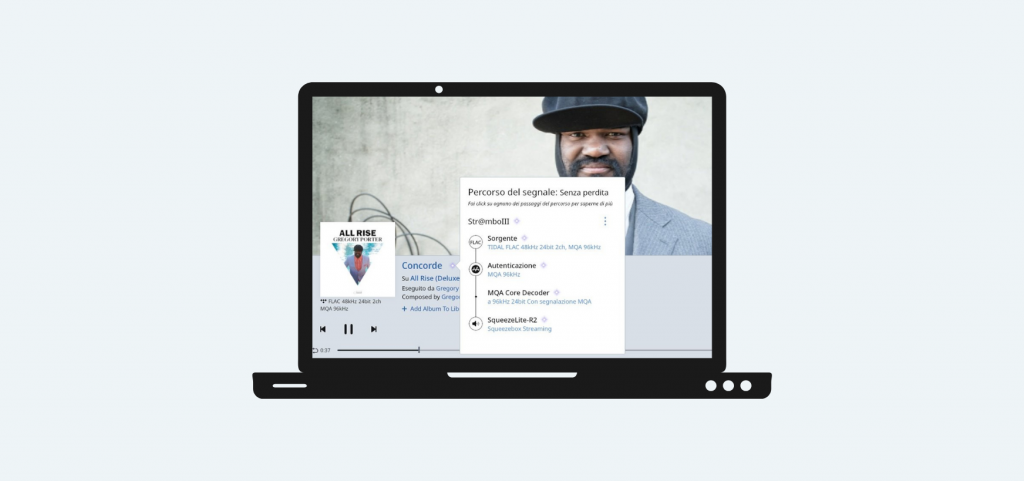
(*) Trademarks are property of their respective owners, some software requires the acquisition of a specific additional license.
(**) for some streaming services a subscription is required, to be purchased separately.
(***) some services are subject to restrictions by their respective suppliers.
(****) The Apps are available in the relative stores, some of them are subjected to an additional cost.
Presentation by Marco Curti, Str@mbo developer.
But let’s get to Str@mbo.
The Str@mbo is a streamer created using a three-level architecture:
– Player
– Server
– Controller
unlike other similar solutions, the three levels are completely virtual and they can be distributed indifferently on the same machine or on different machines connected to each other in a network.
Without going too technical, the player’s task is to receive a stream from the server and transfer it to the USB port and from this to the DAC in the most ‘fluid’ way as possible.
Sound simple, but what does ‘fluid’ mean? Let me say that the less the player’s CPU has to do, the more ‘fluid’ it works. There is much more, but we will be back in moments.
The most obvious thing, therefore, is to ‘separate’ the controller and use a smartphone or tablet for this purpose.

This allows you to avoid mouse, keyboard, screen and graphics card, the latter two are the most ‘noisy’ components in a normal PC and all, being intended for user interaction, are origin of high priority interruptions to system activity.
Exactly what the Str@mbo aims to avoid in order to achieve superior performance.
For this reason, the integrated Str@mbo is already preferable to many solutions based on commercial operating systems (such as windows) with hundreds of processes designed to manage components that are absolutely useless for our purposes.
The Server performs fundamental functions, such as library management, navigation ‘support’, access to streaming services or files on local or remote disks, … functions that, in the same way, disturbs the ‘main’ task of the player.
Moving ALL the control and service activities, such as the management and the navigation of the library to another hardware, different from the one dedicated to the player is the peculiarity of the Str@mbo system that enables it to operate at its best and carry out its tasks:
- take the incoming data from the server,
- decode them (if needed) in the required format.
- package them and send them via USB to the DAC.
When the input format is the same as the output format (ex. uncompressed PCM no ‘decoding’ is required and this is the most desirable situation because it allows to minimize the ‘perturbations’ (IRQ) due to buffer management.
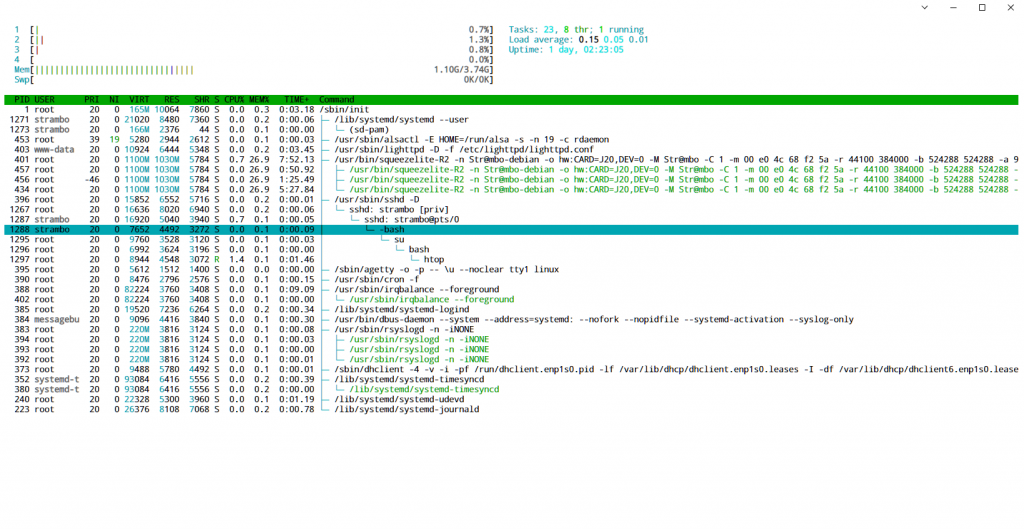
Looking to the Str@mbo player while it plays, you will see very few active processes, typically 8, and only 2 are working, not the usual dozens.
These processes, then, do NOT work according to the timing of the DAC, chasing it, but they are asynchronous. They receive data from the server as it is able to send them and as long as there is ‘space’ in the buffers, and then they stop and limit themselves to send packets via USB to the DAC according to the time established by the sample rate and the regular flow of the music.
The memory of Str@mbo is deliberately oversized, so typically, for the first couple of seconds the input process works a little, then, for the rest of the length of the song, you can safely unplug the network cable and … it continues to play for a wile, with a almost null resource usage. You just can’t have better.
It works in RAM, as much as and better than a RAM DISK.
The ‘cost’ is a slight delay (a few milliseconds) at the start of the first song or using fast forward, as well as a small ‘latency’ which for playback purposes is completely irrelevant.
These and many other parameters can be adjusted as desired and have a fundamental importance in allowing that ‘fluid’ and truly gapless operation mentioned earlier.
Why it happens, just like why the USB cable causes variations in sound, is the subject of endless discussions and not entirely clear, but, sure, it isn’t “magic”.
Sure, we are talking about small differences, of course, but not zero, the kind of differences capable of making you spend much more important figures, in the analog or CD era.
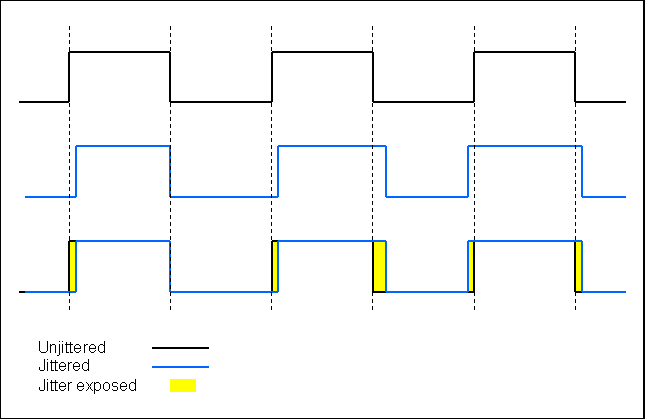
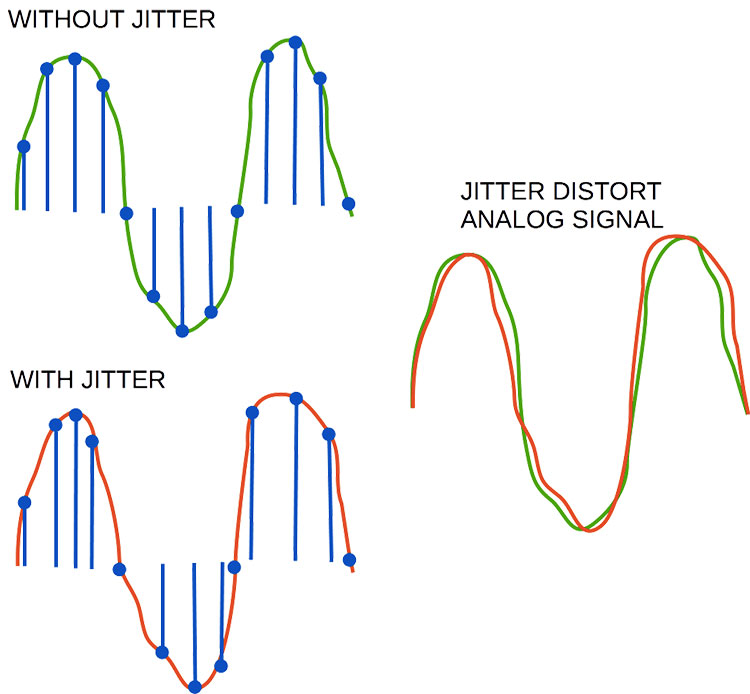
.
Have fun selecting different Kernels for the Str@mbo and / or playing with ALSA parameters and you will hear some good ones.
Do it, it is instructive, Even if the USB of the Str@mbo is already high quality and therefore less sensitive, a lot depends on the interface of the DAC, which is where the data becomes music, ‘cadenced’ by the on board clock.
The Str@mbo does everything possible to disturb it ‘as little as possible’, it is not legitimate to ask a network player for more.
Then, why should You buy the Str@mbo when I could use similar or even the same software, on a SoC for a few tens of euros?
It sounds better.
This is the easy answer. But also you don’t need to become a linux expert and you will support the development of these and other software products that will further improve its already outstanding performance.

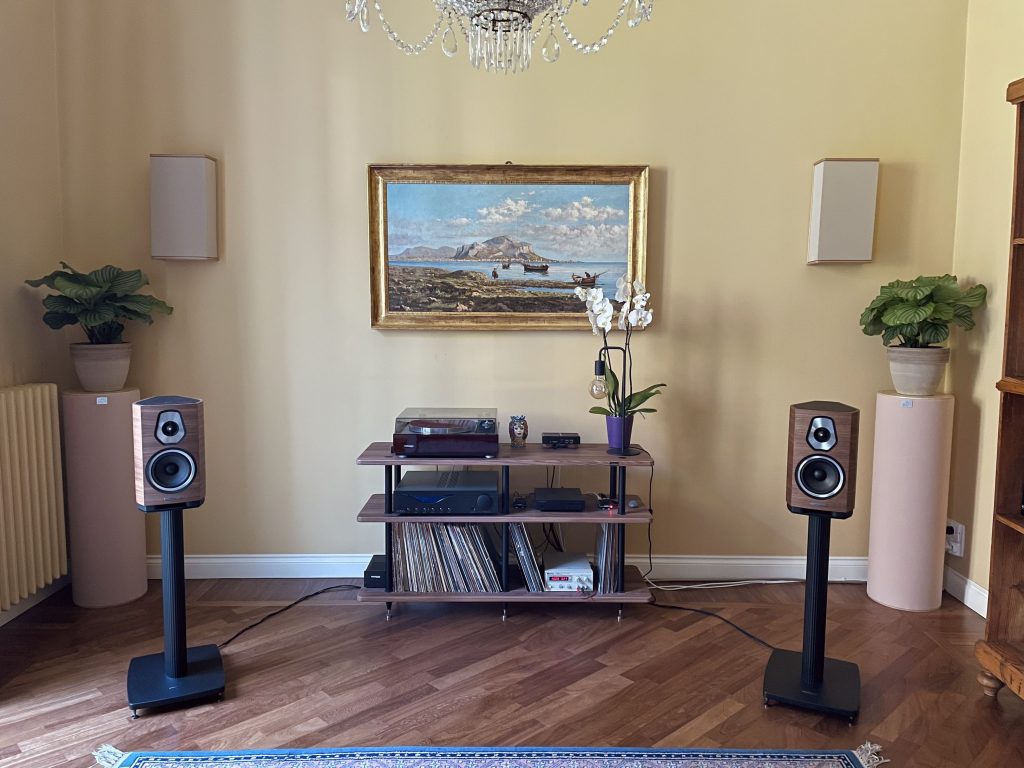
It is possible to connect external HDDs via USB – not recommended – and access network shares or NAS. Any disks connected to Str@mbo server can be easily shared on the network.
For Str@mbo Player the DEDICATED LINEAR POWER SUPPLY is available and highly recommended, replacing the original switching one. It is also available and recommended for the integrated, while for the server it is not particularly useful.
But now enough words, let the music speak!
Marco Curti
